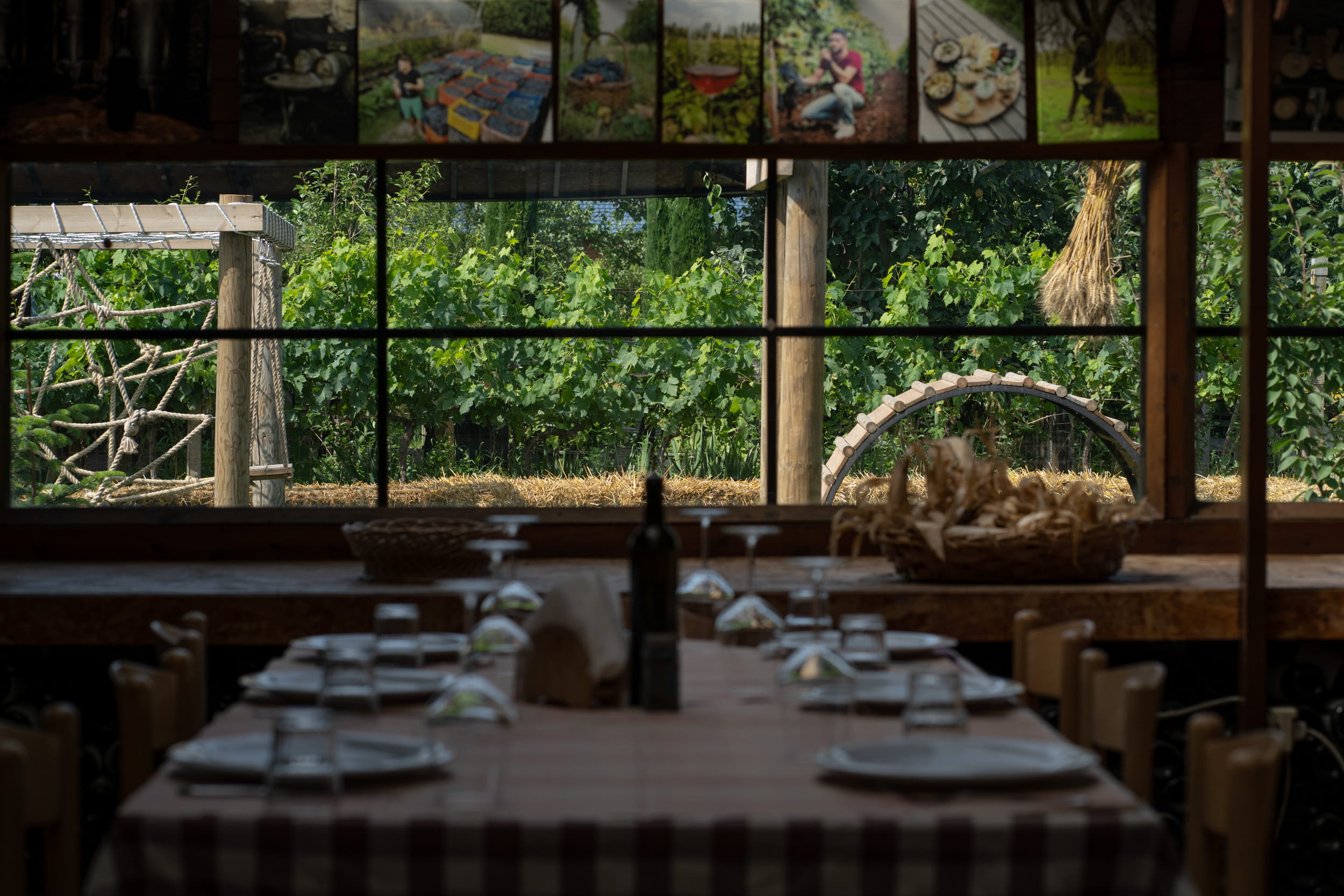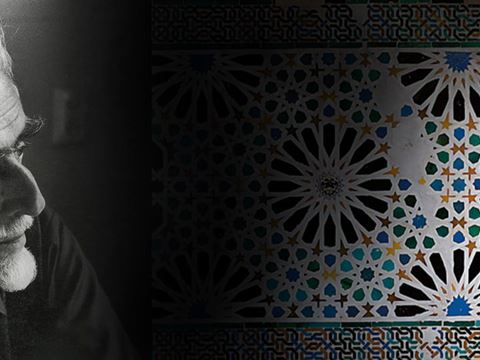
Breaking Bread: Using Food As a Teaching Tool
For the Teacher's Desk
Written by Lauren Barack
Nikolin Kola stands in the kitchen of his bakery in Tirana, Albania’s capital and largest city, less than 30 kilometers from the blue waters of the Adriatic Sea. Kola shapes a loaf of bread made from a variety of grains, all ground on a stone mill and baked with natural fermentation. He follows the process closely at his bakery, Artizani, a block from Tirana Park, 230 hectares of linden, maple and magnolia trees blooming along an artificial lake.
No additives touch Artizani’s bread: just salt, water and flour. The care Kola pours into each loaf unfolds like a ritual, infused with an understanding of what bread means.
“In every aspect of life, food is there,” Kola says. “It’s the base need for humans to live, and then it’s cultural, family, religious, festive. It’s the thing around us.”
Far more than fuel for our bodies, bread serves as a tool for global empathy and historical understanding. It connects us to family, friends and the world, even as it quells hunger.
All humans eat—a requirement linking us all, from middle school students in New York to a baker in Tirana, 8,000 kilometers away. Food opens the doors to cultures and their traditions, helping students develop empathy, deepen global connections and strengthen awareness of our shared humanity: We all break bread.
Social studies educators can facilitate this understanding, from encouraging middle school students to prepare food from ingredients they’ve grown to helping them explore their communities by researching the connection between what they eat and a shared history with others.

"You can use food to understand the roots of history. Food and history can be interconnected."
Food As History
Kola, who features prominently with his younger brother Bledar in the AramcoWorld story "Albania's Resurging Cuisine," recalls his father's recollection of food shortages after Albania declared itself an atheist state in 1967. A repurposed church bell would ring daily to signal bread deliveries, met by howling and hungry dogs.
The experience taught Nikolin that we take for granted what was once precious. “Imagine what poverty can do to get animals and people into the same enjoyment and difficulty,” he says.
In 2015 and 2016, after having had lived abroad since the late 1990s, the brothers returned to Tirana as a culinary ambassadors, launching the nonprofit RRNO in 2018 to share Albania’s food history globally.
The older Kola points to fli (or flija), a 14th-century Albanian dish of 40 layered pancakes, baked with dairy and heat from above. Born under Ottoman rule, it is still prepared by Muslim and Catholic families for separate festivals.
“This is a great sign of how you can use food to understand the roots of history,” he says. “Food and history can be interconnected.”

"If you don't do the weeding, you're not going to have good crops."
Food As Habitat
To Kola, food cannot be appreciated without understanding its origins. On his 8-hectare farm, he tends grains daily, monitoring soil, sky and organic practices passed down through generations.
“I want the source code,” he says. “Only then [do] I understand how fragile our food systems are.”
Photographer George Steinmetz, featured in “Soaring Perspective on the Global Food Chain,” echoes this ethos. His images—from Sumatran shrimp farms to Indonesian seaweed harvests—reveal how global consumption of certain things, like palm oil in Nutella, drives deforestation.
Educators can mirror this by tasking students with mapping local food sources or starting classroom farms. Cara Borja, of Population Education, suggests radish seeds, which sprout edible roots in 30 days. “We want lessons that can be hands-on and take concepts they learn and bring in real-world applications,” she says.
Steinmetz adds that even small gardens teach responsibility. “If you don’t do the weeding, you're not going to have good crops,” he says.

"Teaching students about different foods people eat around the world can help connect us all and provide a sense of commonality."
Food As Culture
Sarah Anderson of Oldways, a food-education nonprofit, notes, “Teaching students about different foods people eat around the world can help connect us all and provide a sense of commonality.”
For the Nikolin Kola, elevating Albanian cuisine honors ancestors who preserved recipes through hunger upheaval.
Other lessons

The Life of Roman Emperor Septimius Severus: Analyzing What Makes an Effective Leader
History
Europe
North Africa
Learn about how this second-century CE Roman politician rose from humble beginnings and became an effective leader.
When Postcards Bring the Past Alive, Curiosity Follows
For the Teacher's Desk
Placed in students' hands, century-old postcards unlock investigative thinking and spark the kind of inquiry every teacher hopes to cultivate.
MC Escher’s “Extra-logical Realities”: Artistic Progression From Architecture to Mathematics
Art
History
Europe
Create a simple tessellation integrating techniques by Dutch artist M. C. Escher that relies on Islamic-inspired patterns.